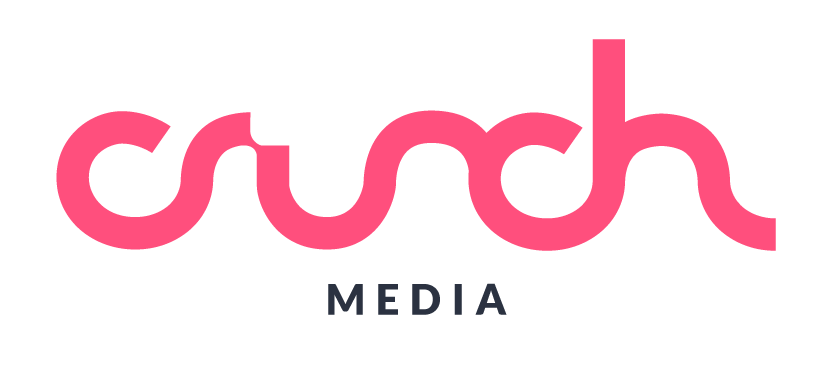Utilising display.
Introduction.
With cookies being one of the most valuable tools in today’s digital marketing, a cookie-less world may seem daunting to some. With Google’s recent announcements, cookie-free targeting will come sooner than anyone expected, leaving many digital marketers questioning how they can effectively target their audiences with the loss of this tool and what the future means for recruitment and the careers sector.
All statistics and facts are taken from the Webinar “Using display to effectively navigate a cookie-less world” and are in relation to careers and industry based content.
Learnings from this webinar with the Ozone Project.
- Google is stepping away from third party cookies – Google has recently announced that they’re pivoting away from user level identifiers to focus on privacy first cohorts.
- There’s an opportunity for advertisers and publishers to take control of the situation – Google’s announcement means that advertisers and publishers with first party data and privacy compliance, have a huge development opportunity to improve consumer targeting and gain insight.
- Advertisers and Publishers must become more active in the programmatic space – Publishers, in particular, must step away from a passive recipient of revenue at the end of the supply chain to offer advertisers easy to access audiences at scale.
- Currently, there is only 52% viability of the market with third party cookies – Addressability of third party cookies has been declining in recent years and is likely to continue to do so. This is due to browsers no longer supporting third party cookies, following greater tracking restrictions imposed by the majority of browsers.
- Cookie-free targeting out performs equivalent targeting from cookie-based means – The Ozone Project is the UK’s leading digital advertising environment, reaching 99.6% of UK online adults. They brand themselves as the “High Attention” digital advertising platform, which will replace the benefits of third party cookies with more engaged audiences for advertisers, up to 10 times the audience opportunity, +10% engagement and +20% viewability.
- Consumers are aware, more than ever, of how their data is being used online – with laws such as GDPR coming into effect, this causes the user to be more consciously aware of their data usage, and results in a poorer user experience. In terms of advertisers, this leaves them with a lack of choice between digital offerings intended to engage those reading and consuming careers recruitment and industry specific content.
- Forces for change have had a huge impact on the current state of digital – GDPR was a strong starting point for many of these changes to online privacy and data usage and collection. The ISBA & PwC report has left advertisers more frustrated that more of their media is not going to working media, and is sitting stagnant. The report showed that the average campaign appeared across 40,000 websites and only 51% of ad spend actually reached publishers. Other forces include poor consumer ad experiences, regulator focus on Adtech and 3rd party cookies.
Key takeaways and addressing the future with Ozone.
- The digital world, as we know it, is changing. Whilst the lifespan of third-party cookies is limited, it currently remains a useful cross-publisher identifier, targeting around 52% of online ad requests. This feature will still be utilized until a time where it’s not feasible to do so.
- Ozone’s cookie-free targeting capabilities allow marketers to deliver target messaging to their prospects, without the dependency on third-party cookies.
- By removing constraints imposed by third party cookies, Ozone can address 100% of your audience online.
- Extensive testing has demonstrated a significant impact on marketer ROI, including audience opportunity up to X10, Engagement X10% and Viewability +20%.
Get in touch.
Crunch Digital Media are here for all of your digital marketing needs. Email us at sayhello@crunchdigitalmedia.com
